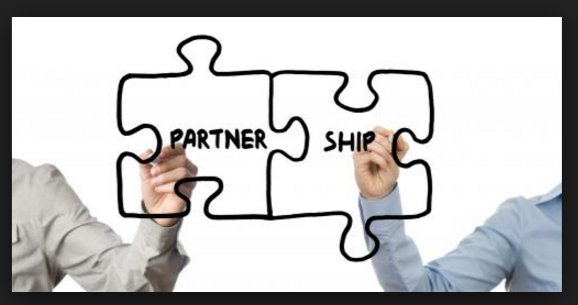Tag: experiment
How to Improve the Creativity Skill
Don’t fall prey to the myth that only some people have the creativity skill and you are not of the chosen few. We are all creative; it’s just a matter of figuring out in what way. So find things you’re curious about and are interesting to you, use your imagination a little, stay motivated and work at…
How to Boost Innovation for Business Opportunities
Are you one that believes that innovation and creativity can be learned? We are among that group. We also believe in suggestions to boost innovation for business opportunities through effective collaboration. Through a series of sparks and not a single flash of insight. Collaboration drives innovation because ideas always emerge from a series of sparks – never…
Embracing Change is Key to Improving Continuous Learning
Are you someone that is consistently embracing change? Feels that it is ok to be wrong because it forces us to explore? From an early age, we are taught it’s bad to make mistakes and they need to be avoided … otherwise, there can be unpleasant consequences. However, as we will discuss in this article,…

Employ Clever Idea Creation from Prototype Engineering
Does your business conduct prototype engineering and testing of clever idea creation? How about trying new ways for innovation? Effective prototyping may be the most valuable competence an innovative organization can hope to have. -Michael Schrage Before I give you some modern examples of prototype engineering, let me tell you an interesting story about Alexander…
Michael Jordan Leadership is Not What You Think It Is
Michael Jordan Eisenhower certainly understood the concepts of being an effective, influential leader, didn’t he? Spot on. I have been in the military and business world for forty years, and I often get asked what it takes to be an effective, influential leader. And often Michael Jordan leadership is not what you think. Leadership is…